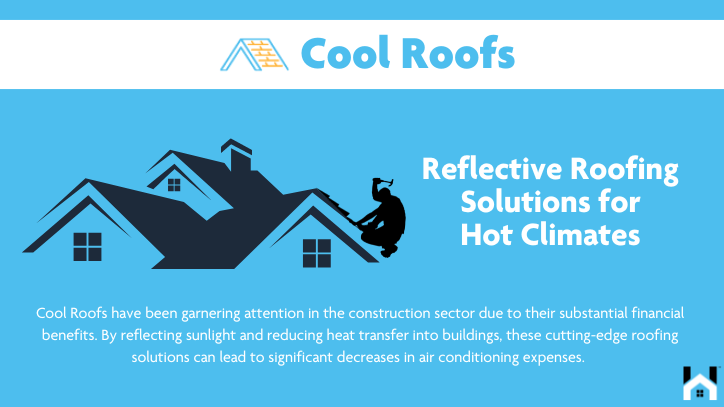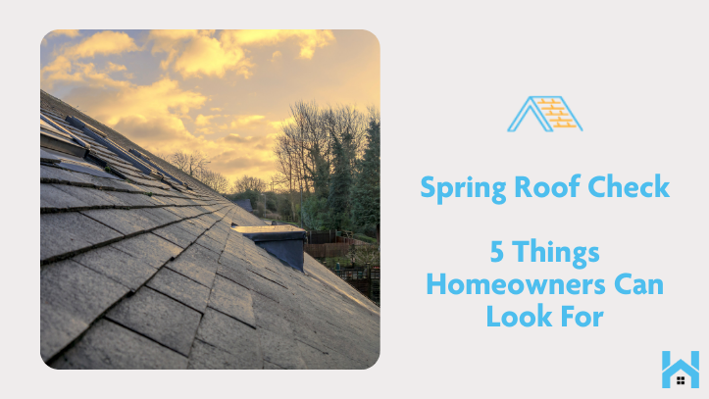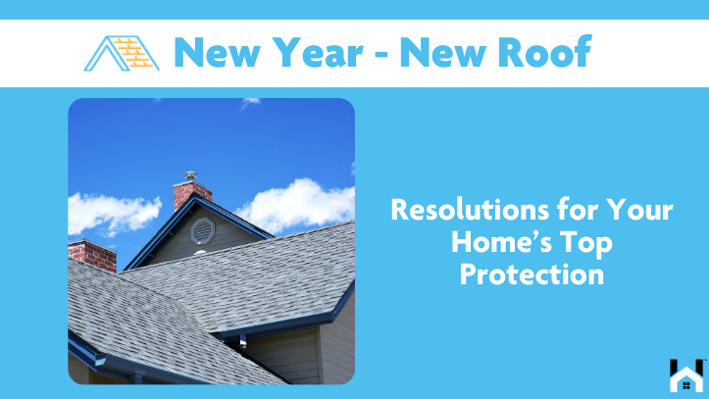
If you are seeking ways to decrease your energy expenses and enhance the comfort level indoors, cool roofs may present an optimal solution. The advantages of cool roofs are extensive, ranging from reducing energy consumption and costs to enhancing indoor comfort. Various cool roof options, such as reflective coatings and green roofs, can be explored to determine the most suitable choice.
Before deciding on the installation of a cool roof, it is essential to take into account factors like the climate, building specifications, cost implications, and the return on investment.
What are Cool Roofs?
Cool Roofs are roofing systems that have been specifically designed to reflect sunlight and absorb less heat compared to traditional roofs. They play a crucial role in mitigating the urban heat island effect and in reducing building temperatures, particularly in hot climates.
By using materials with high solar reflectance and thermal emittance, cool roofs are able to prevent the absorption of solar radiation and minimize heat transfer to the building's interior. As a result, indoor temperatures are reduced, alleviating the need for excessive air conditioning usage. This not only leads to decreased energy consumption and costs but also enhances the comfort of occupants. Additionally, cool roofs help in extending the lifespan of roofing materials by minimizing thermal stress.
Overall, the implementation of cool roofs is beneficial for environmental sustainability as they effectively combat the heat island effect and contribute to reducing greenhouse gas emissions generated by buildings.
Benefits of Cool Roofs
Cool Roofs provide a variety of advantages, such as:
- Increased energy efficiency
- Sustainability through reduced environmental impact
- Enhanced climate resilience
- Lower urban heat levels
- Decreased building temperatures
- Energy savings due to reduced solar heat absorption
Reducing Energy Consumption and Costs
One of the primary advantages of Cool Roofs is their capacity to diminish energy consumption and expenses through the reduction of heat absorption, resulting in lower cooling requirements and reduced dependence on air conditioning systems.
Cool Roofs are pivotal in advancing energy efficiency by diverting sunlight and heat away from the structure. This redirection significantly curtails the need for air conditioning, particularly during the scorching summer periods, leading to noteworthy savings in energy expenses. Moreover, Cool Roofs align with green building initiatives by mitigating the urban heat island effect and diminishing greenhouse gas emissions. The notable reflectivity of these roofs also assists in minimizing solar heat absorption, thereby amplifying their positive influence on energy efficiency.
Improving Indoor Comfort
Cool Roofs improve indoor comfort by regulating thermal performance, enhancing thermal comfort levels, managing heat effectively, improving insulation efficiency, and providing superior weather protection for buildings.
Their advanced thermal properties are instrumental in maintaining comfortable indoor temperatures. By reflecting sunlight and minimizing heat absorption, Cool Roofs can significantly decrease indoor temperatures during hot weather, reducing the reliance on excessive air conditioning. Additionally, their insulative properties help retain warmth in colder months, ensuring a consistently comfortable environment throughout the year. This optimized heat management leads to energy efficiency and promotes a more sustainable living environment. Furthermore, the weatherproof attributes of Cool Roofs shield buildings from external elements, further bolstering indoor comfort and structural durability.
Types of Cool Roofs
Cool Roofs include various types, such as those that utilize reflective coatings, materials, and surfaces, green roofs that integrate vegetation, cutting-edge roofing technology with inventive solutions, and materials that provide thermal insulation properties.
Reflective Coatings and Materials
The reflective coatings and materials utilized in Cool Roofs are specially formulated to possess high solar reflectance indexes. They feature reflective pigments that enhance solar reflectivity and contribute to lowering roof surface temperatures.
These materials serve a critical function in combating the urban heat island effect by reflecting a substantial portion of sunlight, thus diminishing the amount of heat absorbed by the structure. Consequently, this aids in decreasing energy consumption for air conditioning purposes during periods of high temperatures. Reflective coatings also serve to prolong the roof's lifespan by minimizing thermal stress and reducing temperature fluctuations.
Through the integration of these materials, Cool Roofs present a sustainable solution for enhancing building energy efficiency and overall comfort.
Green Roofs
Green Roofs are roofing solutions that are environmentally friendly and promote sustainable architecture. They do this by incorporating living vegetation, which serves as natural heat reduction strategies and showcases the integration of green technology.
These innovative rooftops not only enhance the aesthetics of buildings but also have a significant impact on environmental conservation. By including vegetation in urban landscapes, Green Roofs act as natural insulators, mitigating the urban heat island effect. This natural cooling effect benefits both the occupants of the building and contributes to reducing energy consumption by decreasing the reliance on air conditioning. Green Roofs exemplify how architectural design can blend with ecological principles to create sustainable and environmentally conscious structures.
Installation and Maintenance of Cool Roofs
The installation and maintenance of Cool Roofs are crucial components that demand professional expertise in roof installation techniques, continuous roof upkeep, familiarity with various roofing systems, coordination with roofing contractors, utilization of heat-resistant materials, and evaluation of potential roofing upgrades.
Proper Installation Techniques
The proper installation techniques for Cool Roofs require a thorough understanding of advanced roofing technology, compliance with specific roof design requirements, adherence to roofing regulations, adoption of innovative roofing practices, and effective utilization of available roofing resources.
By adhering to these guidelines, Cool Roofs can not only offer environmental advantages like energy efficiency and a reduced heat island effect but also contribute to long-term cost savings for homeowners and businesses. The evolution of roofing technology, including the use of reflective materials and thermal coatings, has transformed the industry, positioning Cool Roofs as a sustainable and pragmatic choice for contemporary construction projects.
It is imperative to ensure meticulous installation in accordance with design specifications and local regulations to maximize the benefits of Cool Roofs and ensure their durability over time.
Maintenance and Longevity
The maintenance and longevity of Cool Roofs rely on a series of key practices, including:
- Regular roofing maintenance
- Occasional roofing projects
- application of weatherproof coatings
- Exploration of various roofing solutions
- Engagement with the roofing industry
- Adherence to proper roofing maintenance protocols
It is crucial for Cool Roofs to undergo routine maintenance to preserve their efficiency and lifespan. Undertaking occasional roofing projects, such as inspections and repairs, is essential in promptly identifying and addressing any issues that may arise. The application of weatherproof coatings serves to enhance the roof's durability by providing an additional layer of protection against harsh elements. By exploring a range of roofing solutions, tailored approaches to maintenance can be implemented, ensuring that the roof remains in optimal condition. Engaging with the roofing industry offers valuable insights into the latest technologies and best practices. Therefore, emphasizing the significance of regular and proper maintenance practices is essential for maximizing the advantages of Cool Roofs.
Considerations Before Installing a Cool Roof
When considering the installation of a Cool Roof, it is essential to take into account several factors such as climate conditions and building specifications. It is also important to analyze the cost implications and potential return on investment associated with this type of roofing. Ensuring compliance with Cool Roof standards and adherence to building codes is crucial in promoting sustainable development practices.
Furthermore, making informed roof choices can play a significant role in addressing climate change adaptation.
Climate and Building Factors
When evaluating the suitability of Cool Roofs, various factors need to be taken into consideration. These include solar radiation exposure, urban environment considerations, roof heat transfer dynamics, adoption of sustainable practices, and heat reflectance properties. All of these factors play crucial roles in the decision-making process.
Solar radiation is a critical factor that directly impacts the performance of Cool Roofs. It determines the amount of heat that a building absorbs. The level of solar exposure that a roof receives influences energy efficiency, cooling costs, and indoor comfort levels.
In urban areas, the heat island effect intensifies temperature increases, making Cool Roofs an effective solution for reducing heat buildup. It is essential to understand how roof materials and insulation impact heat transfer to optimize thermal performance.
Incorporating sustainable practices such as Cool Roofs can help cities reduce energy consumption and greenhouse gas emissions. This promotes environmental resilience and long-term sustainability.
Cost and Return on Investment
When analyzing the cost and return on investment of Cool Roofs, it is imperative to take into account the myriad benefits they provide. These benefits include potential savings in cooling costs, the feasibility of integrating solar panel cooling systems, enhanced energy performance, and improved building energy efficiency.
Cool Roofs have been garnering attention in the construction sector due to their substantial financial benefits. By reflecting sunlight and reducing heat transfer into buildings, these cutting-edge roofing solutions can lead to significant decreases in air conditioning expenses. The harmonious relationship between Cool Roofs and solar panel cooling configurations creates a mutually beneficial impact, further amplifying energy savings. The enhanced energy efficiency facilitated by Cool Roofs not only positively impacts the operational costs of the building but also aligns with sustainable practices and environmental conservation initiatives.




